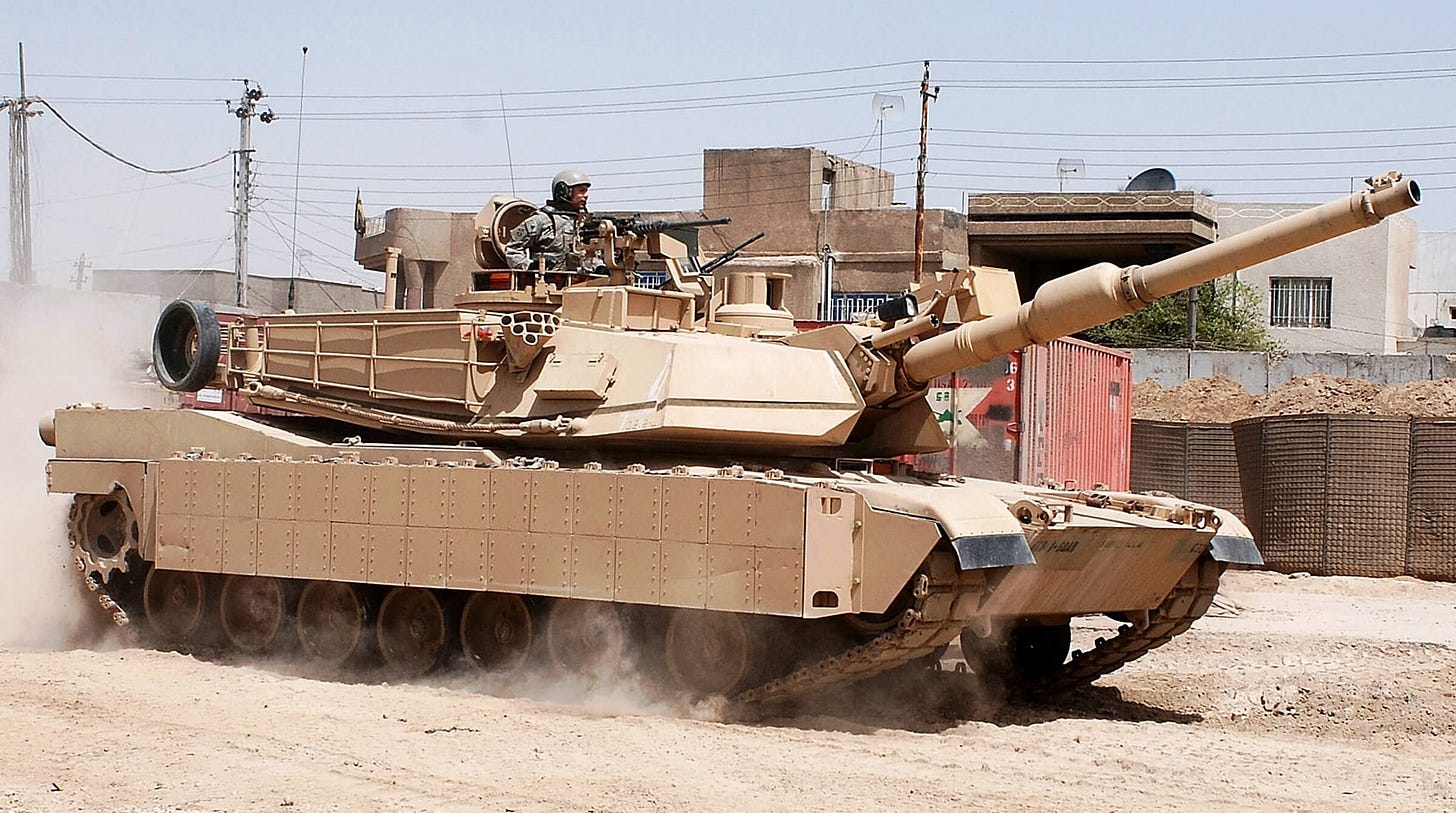Global Military Spending Surpassed $2,000 Billion in 2021 – Putin Threat Will Accentuate This Trend.
The world of the coming years looks increasingly perilous.
The amount had been approached in 2020 and is now being largely exceeded in 2021. Despite an economic climate slowed by the COVID-19 pandemic and despite logistical disruptions and inflation, global military spending continued to rise, crossing the $2 trillion mark for the first time last year, according to the annual report of the Stockholm Internation…
Keep reading with a 7-day free trial
Subscribe to Sylvain Saurel’s Newsletter to keep reading this post and get 7 days of free access to the full post archives.




